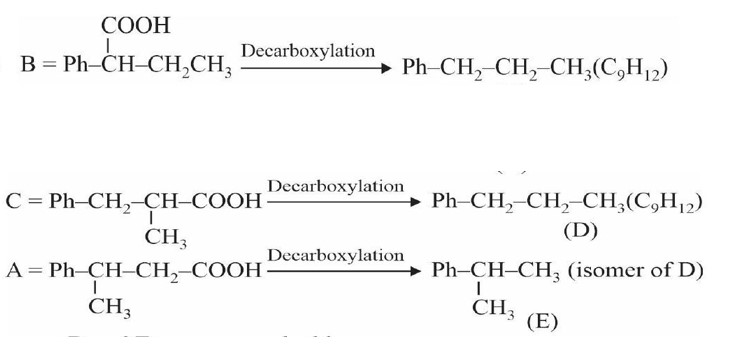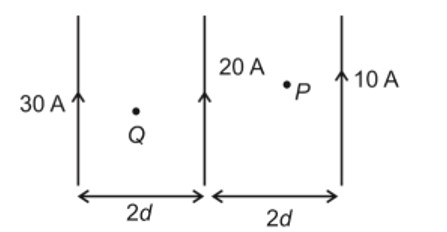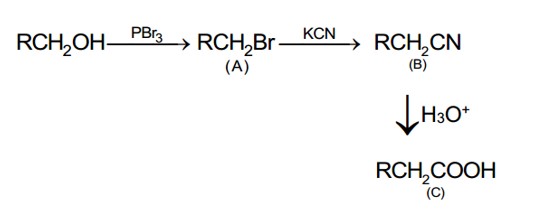Three isomers A, B and C (mol. formula C??H??O?) gives the following results:
B or C →Decarboxylation→ D(C?H??)
A →Decarboxylation→ E(an isomer of D)
Both D and E are non-resolvable.
D or E →H?/KMnO?→ Benzoic acid
B is more reactive than C towards decarboxylation reaction.
A, B, C respectively are:
Three isomers A, B and C (mol. formula C??H??O?) gives the following results:
B or C →Decarboxylation→ D(C?H??)
A →Decarboxylation→ E(an isomer of D)
Both D and E are non-resolvable.
D or E →H?/KMnO?→ Benzoic acid
B is more reactive than C towards decarboxylation reaction.
A, B, C respectively are:
Option 1 -
Ph-CH₂-CH(CH₃)-COOH, Ph-CH(COOH)-CH₂CH₃, Ph-CH(CH₃)-CH₂COOH
Option 2 -
Ph-CH(CH₃)-CH₂COOH, Ph-CH(COOH)-CH₂CH₃, Ph-CH₂-CH(CH₃)-COOH
Option 3 -
Structures involving a benzene ring with different alkyl and carboxyl groups.
Option 4 -
Ph-CH₂-CH(CH₃)-COOH, CH₃-C(Ph)(COOH)-CH₃, Ph-CH(CH₃)-CH₂-COOH
-
1 Answer
-
Correct Option - 4
Detailed Solution:
Similar Questions for you
CH3—CH2—CHO does not undergo Cannizzaro reaction because it has α-hydrogen.
Acetaldehyde (CH3CHO) gives positive lodoform test and positive Fehling's solution test
CH3—CH2—CHO does not undergo Cannizzaro reaction because it has α-hydrogen.
Taking an Exam? Selecting a College?
Get authentic answers from experts, students and alumni that you won't find anywhere else
Sign Up on ShikshaOn Shiksha, get access to
- 65k Colleges
- 1.2k Exams
- 678k Reviews
- 1800k Answers








